News
The Indian Chief and the Yale Professor
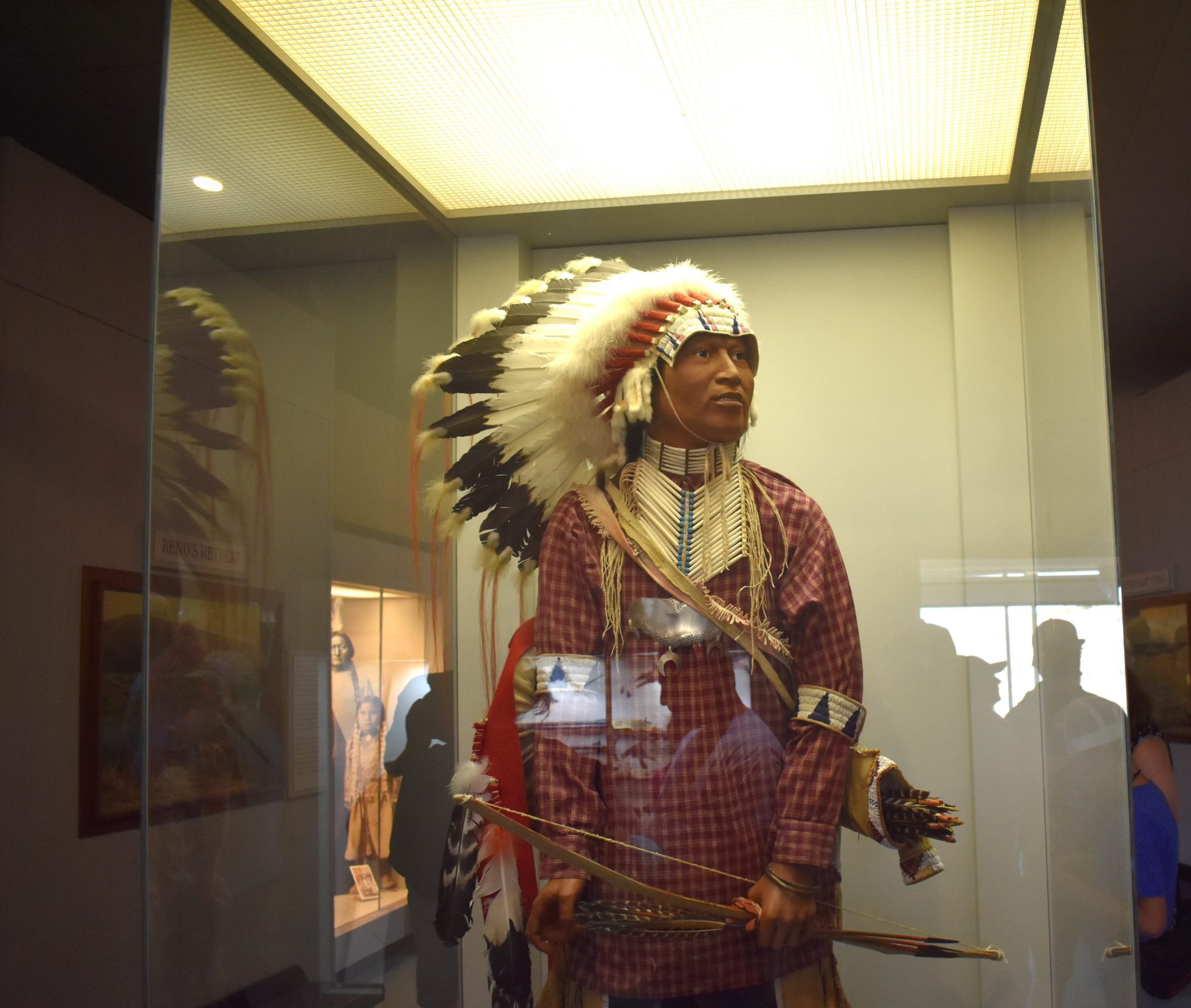
One wouldn’t think that Red Cloud, the famous Indian chief who was one of the leaders in Red Cloud’s War during the 1860s would have anything in common with a Yale Professor. However, this unusual friendship did happen.
After signing the Treaty of Fort Laramie (1868), Red Cloud helped his people make the transition to reservation life. He lived for years on the Red Cloud Agency, which was in present day South Dakota, During the 1870s, there was a rush among paleontologists to find dinosaur bones in Wyoming and South Dakota. One of these was Professor Othniel Marsh from New Haven, Connecticut and a professor at Yale University.
He competed with rival paleontologist Edward Drinker Cope in a period of frenzied bone hunting in Wyoming, (mostly near Como Bluff in Southern Wyoming) known as the Bone Wars.

Marsh’s collected Mesozoic reptiles, Cretaceous birds, and Mesozoic and Tertiary mammals many of which are now are in the collections of Yale’s Peabody Museum of Natural History and the Smithsonian Institute.
In a Cheyenne Daily Leader article on September 6, 1903 On the arrival of the expedition at Como Bluff, rendered famous by the work of the late Professor Marsh, enthusiasm was unbounded. It was from this locality that Yale University received its largest amount of dinosaur material. The bluff rises to height of 200 to 300 feet, and parallels the Union Pacific railroad for five or six miles, being south of the track, and nowhere over half mile away. It is capped with conglomerate, and Just below this band are the dinosaur beds of variegated marls and clays, plainly visible from passing trains. From these beds Professor Marsh secured his largest dinosaurs, which not only made him famous, but gave Wyoming the distinction of possessing geological grave yards containing fossils.
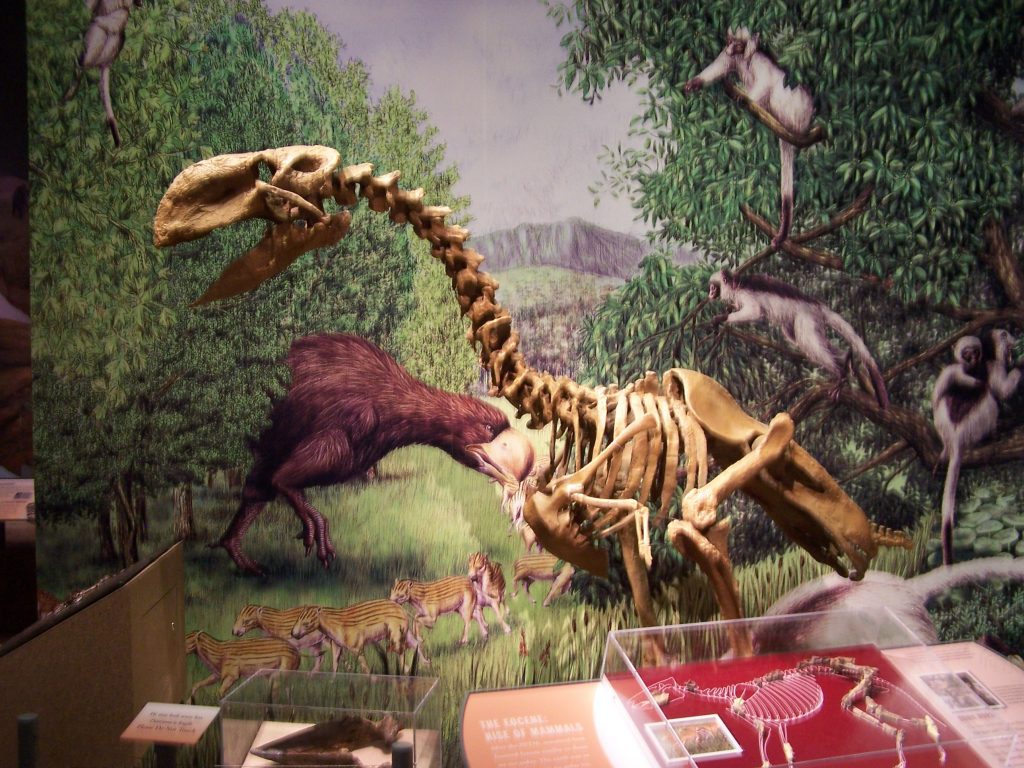
But, back to Red Cloud. Some of the exploration for bones happened near and on the Red Cloud Agency, near the South Dakota Badlands, which were another ‘hot bed’ of fossil finds.
In The Cheyenne Daily News, on October 3, 1874: Special to the News, Laramie Wyo.,Oct. 3.— A deposit of fosiils was found ten miles north of Red Cloud agency scattered over a space of about six miles square. Bone of the two horned rhinoceros and other animals and reptiles cover the area.
And again, the News has this on November 18, 1874, The Sioux don’t want Prof. Marsh to go prowling round among the rhinoceroses’ bones that have lately been discovered beyond the Red Cloud Agency. Sensible.
Laramie Daily Sentinel on November 19, 1874.
News from Red Cloud Agency, states that Professor Marsh, of Yale College. Is being detained there on account of the Indians objecting to his visiting the newly discovered fossil region near there. They say the white men are going to search for gold, not bones.
But, Marsh convinced Red Cloud that he was actually after dinosaur bones. They became friends, and Red Cloud asked Marsh to intercede for him to the government about conditions on the reservation.
From the Cheyenne Daily News, August 19, 1875
Statement of affairs at the Red Cloud agency made to the president of the United States by Prof. O.C. Marsh. The supplies of sugar and coffee at this Agency, I know comparatively little about Red Cloud gave me a sample of each, which he said were such as he was then using, and Red Dog stated essentially the same thing. I saw both of these articles issued to the Indians, Nov. 15, 1874, but only noticed the sugar particularly. It was dark in color, moist, and of low grade. I did not compare this directly with the sample Red Cloud had given me, but I have no doubt the two were the same lot, and virtually of the same quality. The coffee I did not see in bulk but drank some of it as prepared at a feast in one of the lodges. This was certainly very inferior coffee, and not unlike such as imaged Red Cloud’s sample would make
Tobacco: The character of the tobacco furnished the Indians is at this Agency has been a matter of considerable discussion, and justly so, as this article is regarded by the Indian as an important part of their rations. Both Red Cloud and Red Dog complained on this point at the first council held with them, and one of the samples Red Cloud gave me was a specimen of the tobacco he was using.
All the tobacco we saw was vile stuff, dark in color, and much of it was saturated with a dark viscous liquid. None of the tobacco was of much service to the Indians who use the tobacco only for smoking.
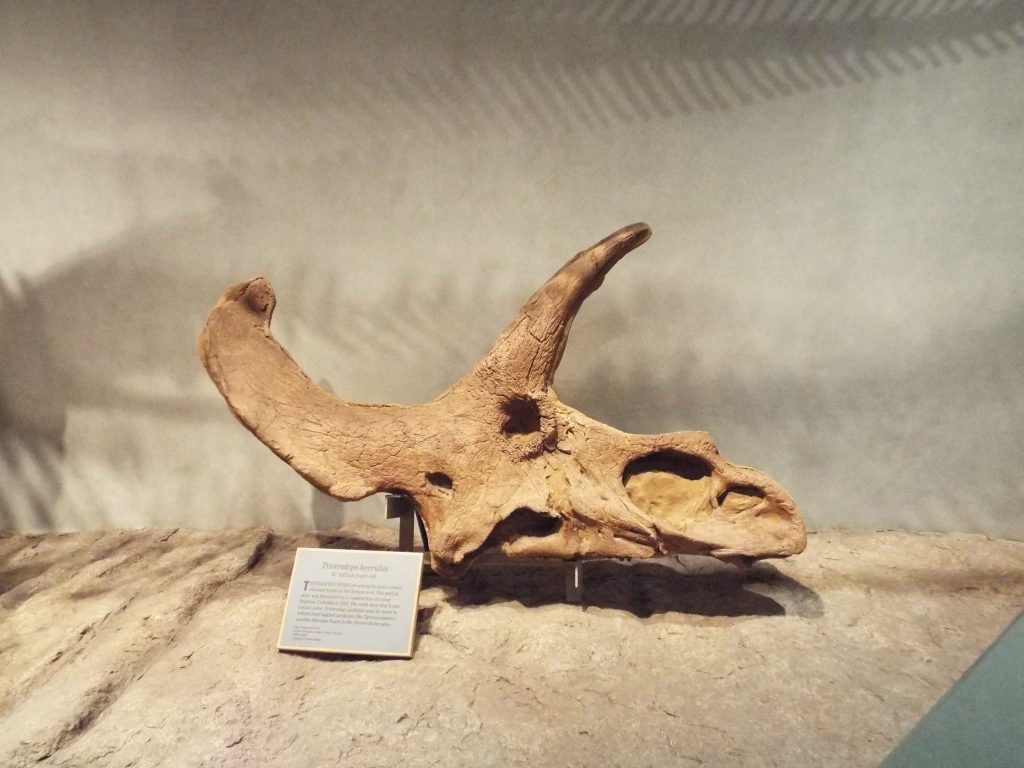
Suffering of the Tribe: Suffering of the Indians during this past winter. The suffering among the Indians at Red Cloud Agency during the past winter was great. No small part of it could have been prevented by good management, while the greater portion must have been the result of the direct dishonesty which I have shown to exist.
The Indians had already suffered from cold before the Annuity goods were issued Nov. 12, 1874. In consequence of this late delivery, they had no time to supplement the small number of blankets issued with buffalo robes before the winter set in.
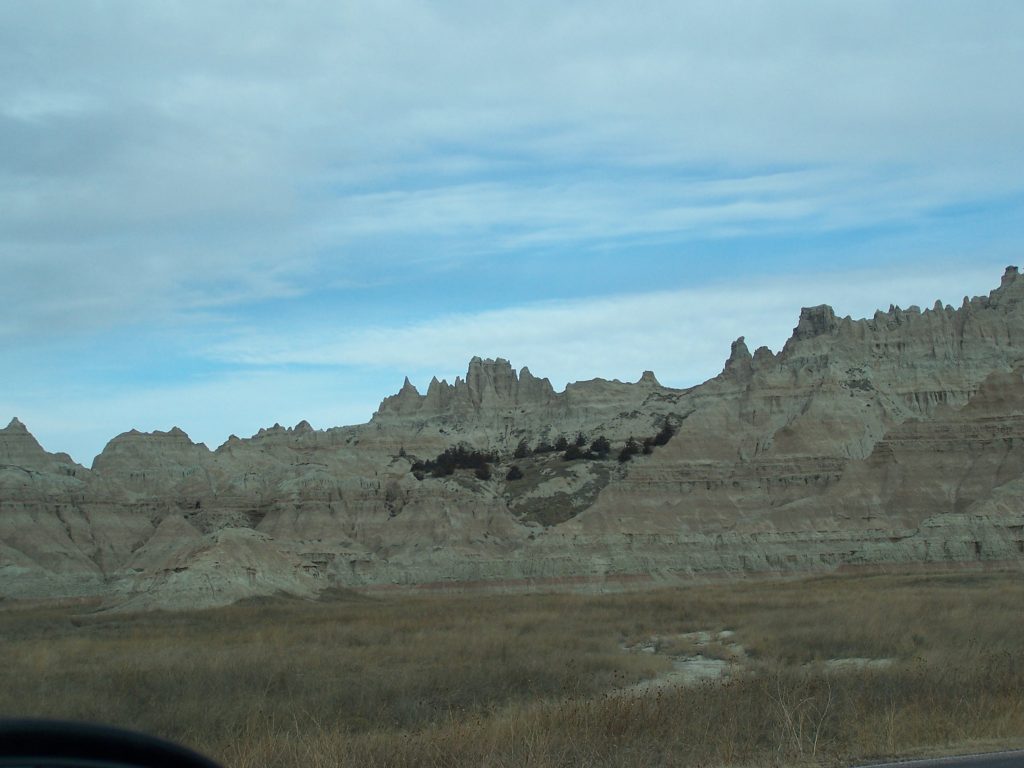
In less than a week after issue, just as I started from the Agency on my expedition, the thermometer falling 15 degrees below zero; and as many of the Indians received no blankets at all, and most of those who did receive them found them too small to to protect them from the cold, the suffering was great. One of the chiefs whom I had engaged before the issue to accompany me, informed me after the delivery, that he could not go, being compelled, on account of the insufficiency of blankets, to the hunt for buffalo, as otherwise his family would suffer greatly during the hard winter he said was coming
During the extremely cold winter that followed, many of these Indians, as is now well known, narrowly escaped freezing. The suffering for want of food during the last winter and spring is known to havc been general among the Indians at this Agency.
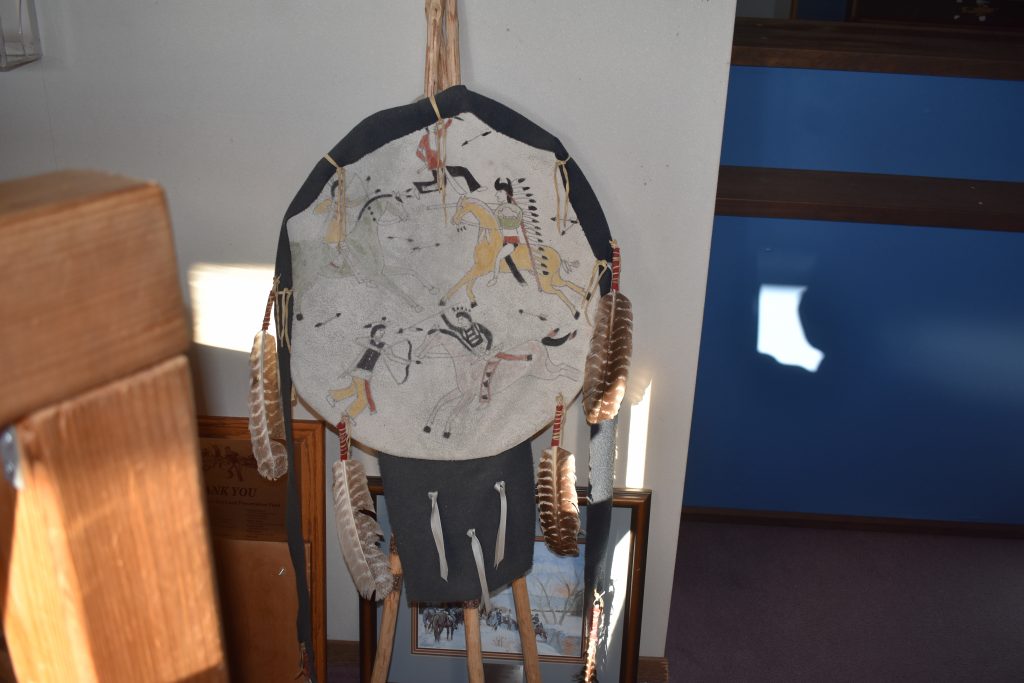
I have evidence on this point from several sources, among others from Col. T. H. Slanton, Paymaster of the Army, whose duties called him to the Agency.
Another army officer who has given me information on this subject is Lieut. W. L. Carpenter, who was stationed there all winter. In a letter at the Agency in April last, he says: “The Indians are all quiet now. The poor wretches have been several times his winter on the verge of starvation, through the rascality of the Indian Ring. They have been compelled to eat dogs, wolves and ponies.” The supply of food purchased by the government, carefully and honestly delivered, would have prevented all this suffering
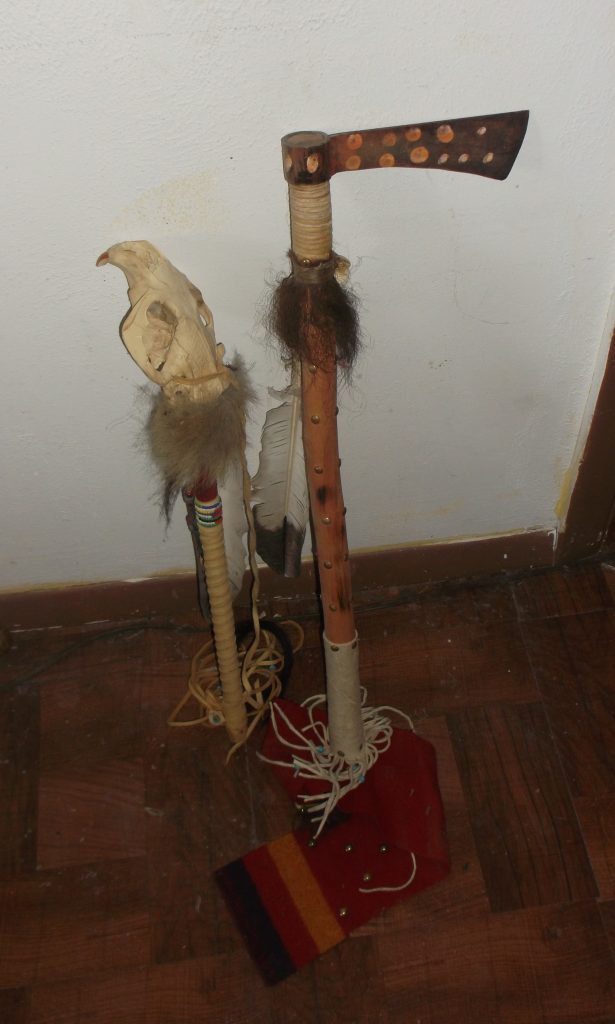
Freight Contract From Cheyenne To Agency: The goods and supplies for Red Cloud Agency are all transported by wagon from Cheyenne, on the Union Paclfic Railroad, and hence the freight contract for this route is a very important one. Mr. 0.J. McCann, a well-known Member of the Indian Ring, has had this contract since the present Agency was established, and the official distance from Cheyenne to this point, as allowed by the Interior Department, is 212 miles. The price paid for freight, during the last fiscal year, was $1.10 per hundred pounds for each hundred miles, and the previous year $1.75 per hundred pounds was paid. This allowed distance of 212 miles was well known to be largely in excess of the true distance
In November last, while I was at the Red Cloud Agency ,Mr. J. W. Hammond, assistant to the Surveyor-General of Wyoming, surveyed the route from Cheyenne to the Red Cloud Agency, and informed me it was only 145 miles, and his official survey is now on record in Cheyenne. It thus appears that the Indian Bureau has, for years, knowingly paid to a member of the Indian Ring over fifteen thousand dollars per annum for a service that was never performed.
A portion of this responsibility for the inferior goods and supplies supplied purchased last year should, perhaps, attach to F. H. Smith, N. J. Turney, and J. D. Lang, of the board of Indian commissioners.
These gentlemen assisted in making the purchases retained no samples by which the character of their purchases could be subsequently tested, and published no report of their action, as previous Purchasing Committees of the Board had done.
In conclusion, I have only to say, that having been, while engaged in my professional duties, incidentally made the bearer of Red Cloud’s message to you, and having endeavored, when the Justice of his complaints was questioned by those responsible for the management of Indian Affairs, to ascertain the truth, I now leave the whole subject in your hands, in perfect confidence that the facts I have presented will lead to good results.
Very respectfully, Your obedient servant, 0.C. Marsh. Yale College, July 10th, 1875.
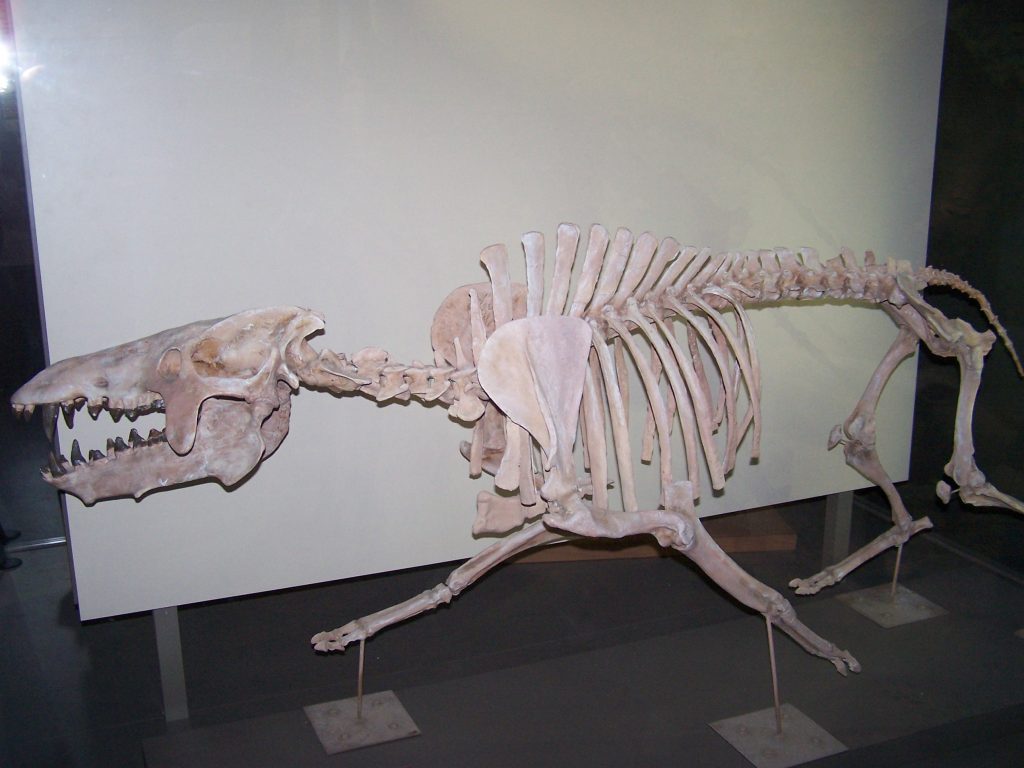
Marsh’s observations and report were instrumental in breaking up the Indian Ring, a trader scandal where Secretary of Interior Columbus Delano who was responsible for Indian Bureau policy, resigned office in 1875 and Secretary of War William W. Belknap was accused of receiving kickback payments from the forts and was forced to resign his post in 1876.
During the 1880’s Red Cloud visited Marsh in New Haven, Connecticut, and there is a photo of the old chief and the Yale Professor in the National Protrait Gallery in Washington, DC.
An unusual friendship sprung up between a professor and a noted Indian chief happened on the Western Frontier over 150 years ago.


Linda Lovato
August 20, 2022 at 6:52 pm
Very interesting.
IraRoadifer
September 2, 2022 at 8:25 am
Enjoyable rad